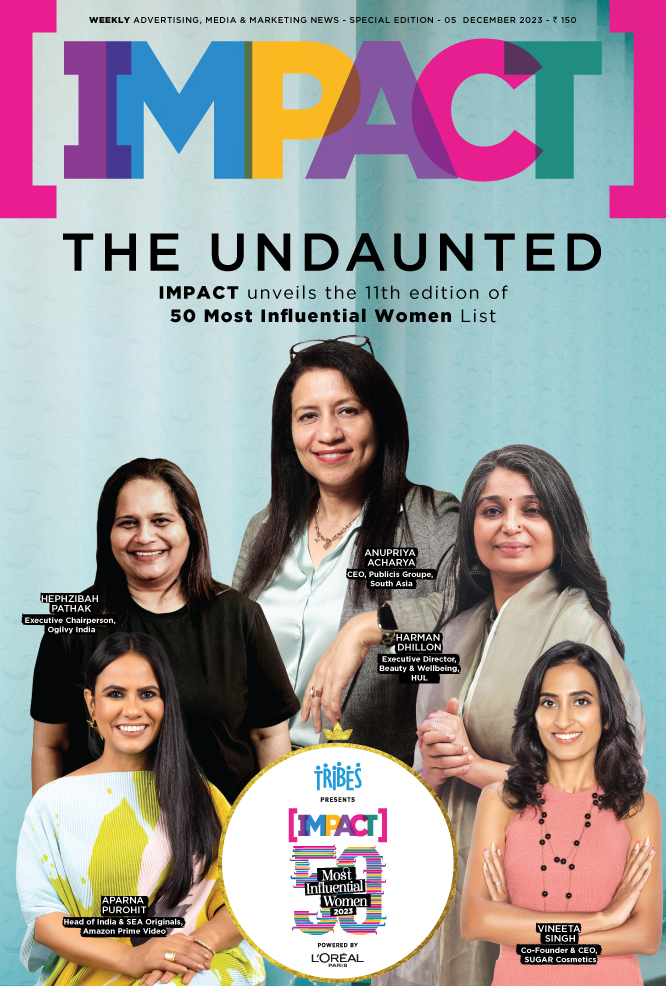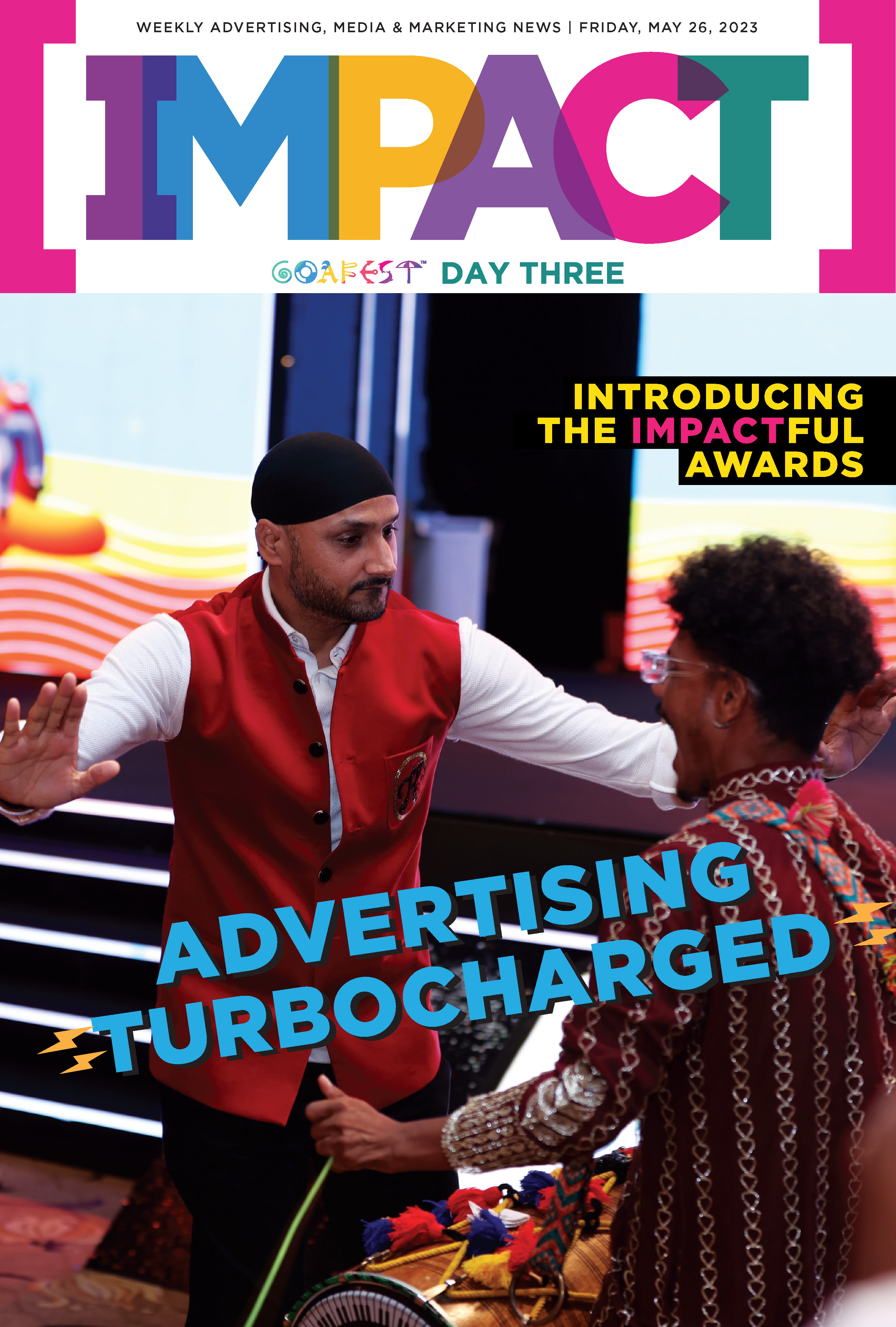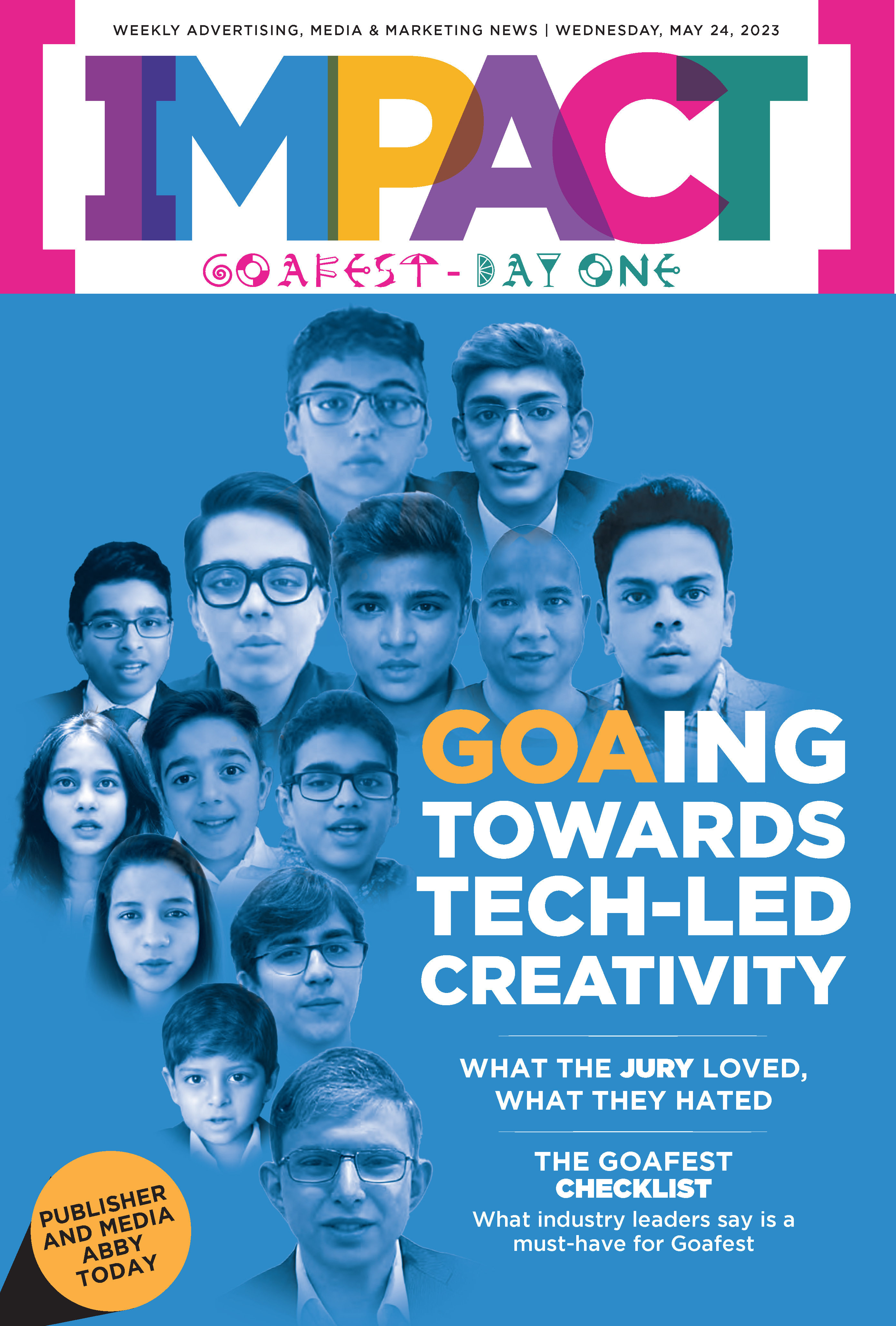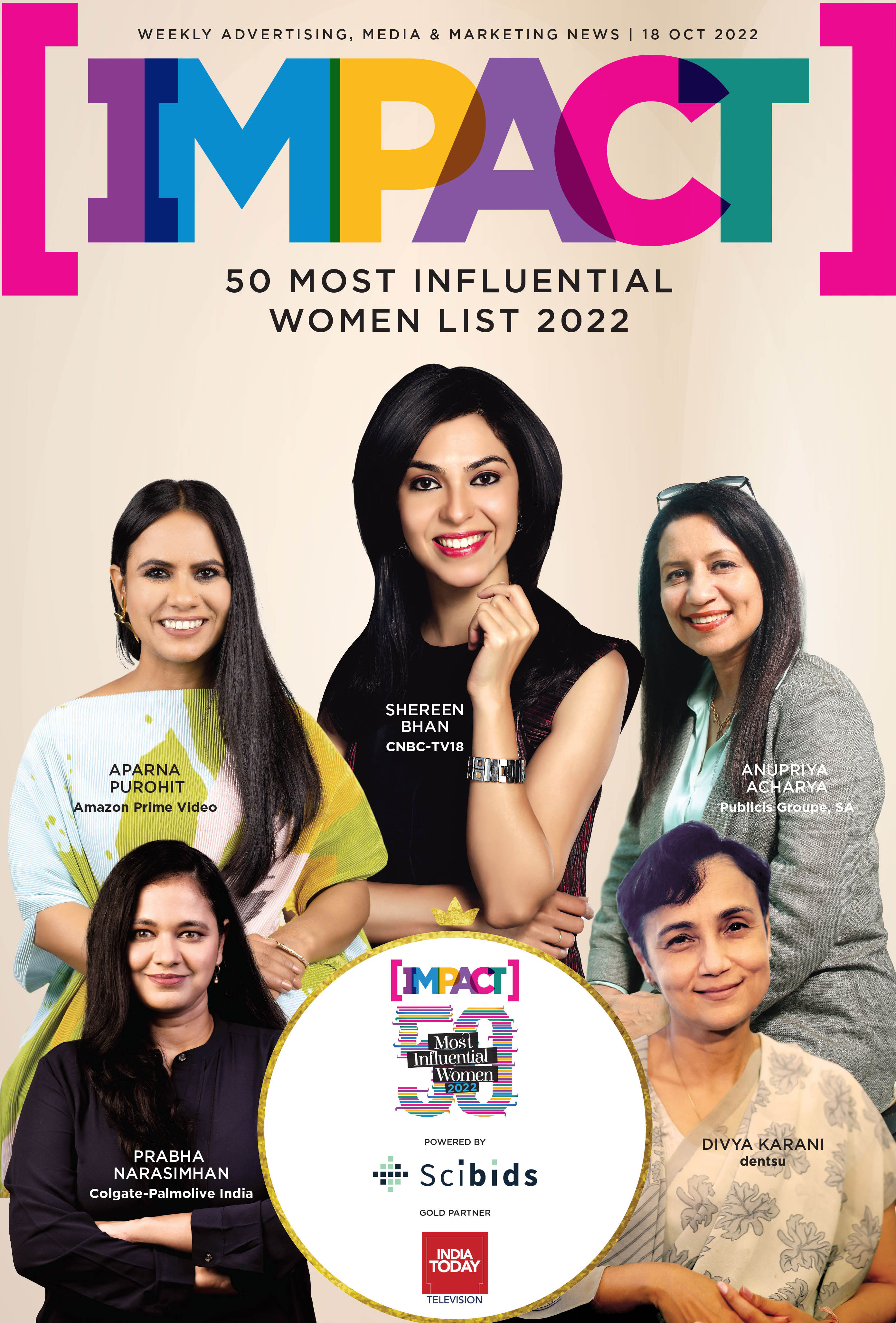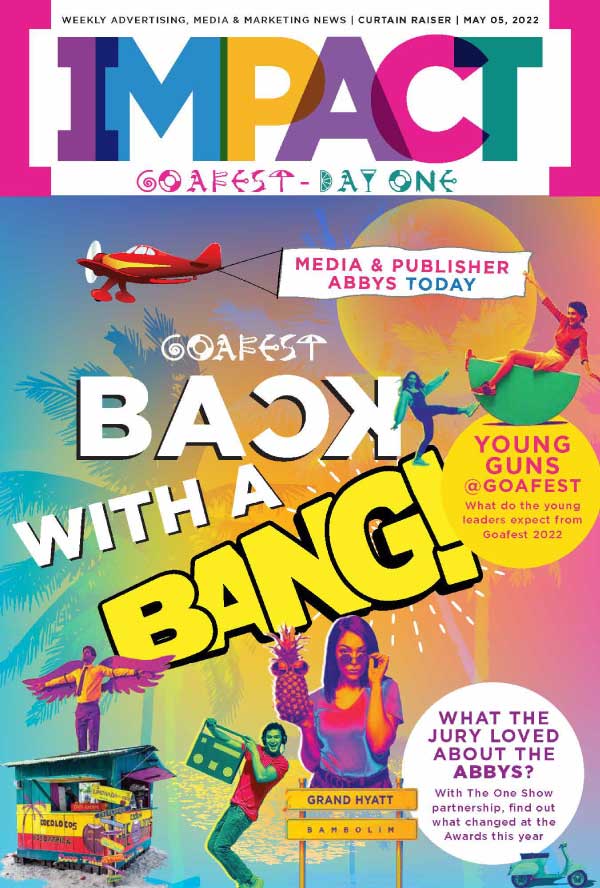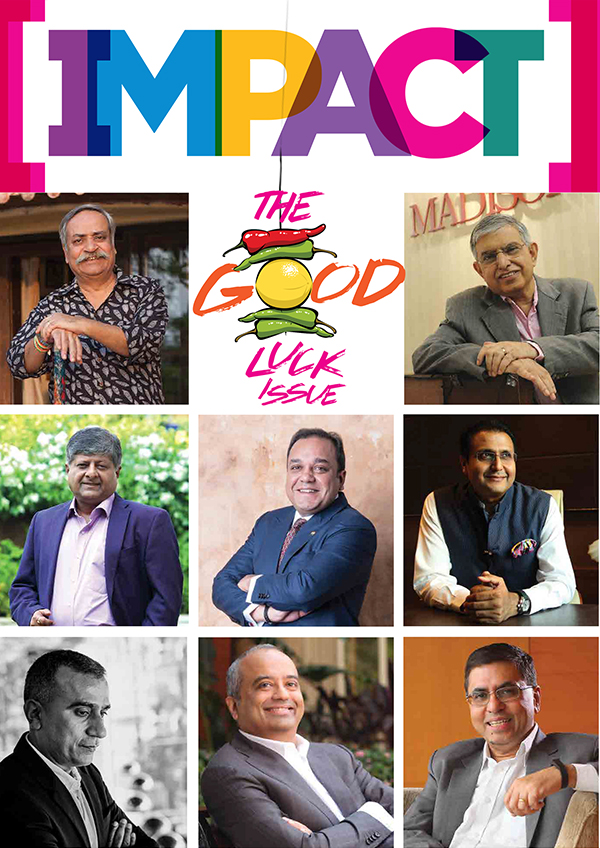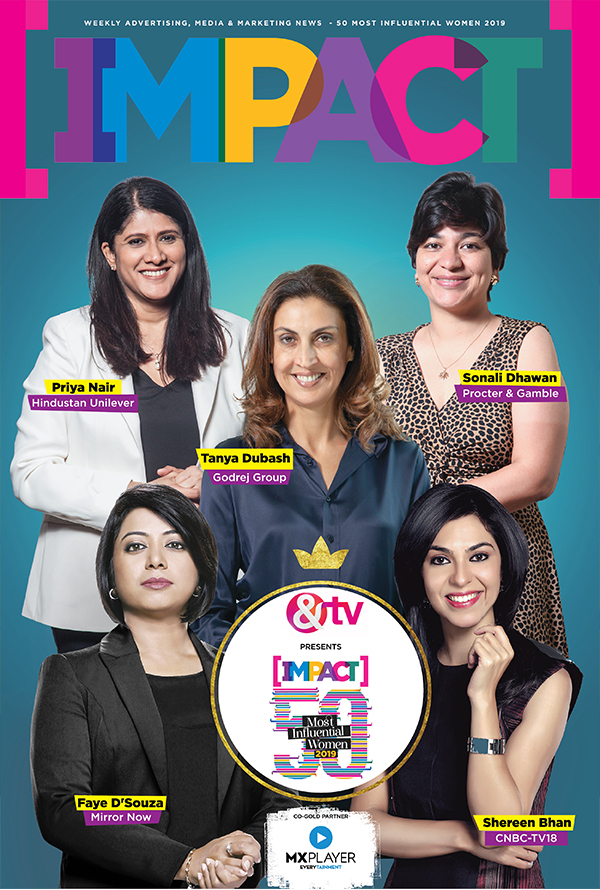Indian brands are increasingly shifting key digital campaigns to disappearing formats, using Instagram and Facebook Stories to reach consumers through short, high-impact bursts. Rather than relying solely on permanent posts, marketers are embracing 24-hour content to create urgency, trigger FOMO (fear of missing out) and encourage immediate engagement. The trend is most visible in categories driven by quick decisions, with brands like Swiggy, Nykaa, Myntra and others deploying story-led campaigns to boost app installs and prompt real-time actions.
This growing preference for ephemeral content marks a noticeable shift in social media planning. Stories are no longer treated as secondary fillers or repurposed assets but are emerging as primary campaign surfaces. As a result, agencies are rethinking workflows, creative structures and even content approval timelines to match the speed and spontaneity the format demands.
Russhabh R. Thakkar, Founder and CEO, Frodoh, believes ephemeral content is still in an exploratory phase for many Indian brands. What began as a format for quick engagement is now being used more strategically to test attention spans within compressed time windows. Brands, he says, are increasingly treating Stories as short, time-bound narratives rather than offcuts from the main feed.
“The difference is intent-these formats are being used to create urgency, drive momentary relevance, or communicate limited-time updates. Categories like food delivery and entertainment use them most effectively, but across the board, brands are still figuring out how to balance spontaneity with consistency,” he adds.
Aayush Bansal, Co-Founder and Director, Black Cab, echoes this view, describing disappearing content as the new 'micro-moment' playground for Indian brands. According to him, Stories allow for speed, imperfection and responsiveness-qualities that resonate particularly well with younger and D2C-first brands. These brands, he notes, often operate with more flexible tone and brand guidelines, allowing them to act faster and take creative risks.
In the D2C ecosystem, Stories are increasingly being used as testing grounds-soft-launching products, offering glimpses of behind-the-scenes R&D or dropping 24-hour offers that don’t clutter the grid. Story-only drops foster an “if you know, you know” dynamic that strengthens community-led engagement.
“In alcobev, smaller homegrown players like craft gin or whisky distilleries use disappearing content to showcase the making process, tastings, bar takeovers and bartender-led demos in a low-stakes format. This helps build culture without overthinking aesthetics. Even five-star hotels and restaurants are adopting Stories to share prep scenes, live events, sunset cocktail hours, chef’s specials or last-minute table availability. It makes hospitality feel more human and truly ‘in the moment’,” explains Bansal.
From a performance lens, brands are increasingly measuring the ROI of ephemeral content through tap-through rates, swipe-ups, replies, quick conversions and short-term lifts in installs or orders. Categories with fast decision cycles-such as food delivery, quick commerce, fashion, beauty and OTT-are seeing the most immediate gains, as Stories often prompt action more efficiently than traditional feed posts.
Kausthubh Kamath, Content Strategist, AGENCY09, says brands built on visual appeal, short-lived trends and influencer collaborations are extracting the most value from ephemeral formats. He points out that sectors like e-commerce, fashion, beauty and F&B are leading adoption because Stories “push people to swipe their card on impulse like nothing else.” On evaluating outcomes, Kamath suggests testing parity budgets across feed posts and Stories to see which delivers higher conversion velocity.
Thakkar adds that since Stories are designed for speed, success metrics tend to be immediate-tap-throughs, replies, swipe-ups and short-term conversions. However, he cautions that the ecosystem still lacks a standardised framework to connect these signals to long-term brand equity. For now, ROI is defined more by agility and attention capture than retention, with food, fashion and entertainment brands enjoying quick wins, while longer decision-cycle categories move more cautiously.
Looking ahead to 2025 and 2026, industry observers expect ephemeral content to move from experimentation to embedded strategy. As AI-powered tools enable faster video creation, localisation and real-time publishing, disappearing formats are likely to become more personalised, vernacular and context-driven-particularly as brands look to scale engagement across tier-2 and tier-3 markets.
What remains clear is that as attention spans shrink and competition for relevance intensifies, the ability to show up in the right moment may matter more than staying visible forever. For brands navigating this shift, the 24-hour window is no longer just a format-it’s fast becoming a mindset.









.jpg)






